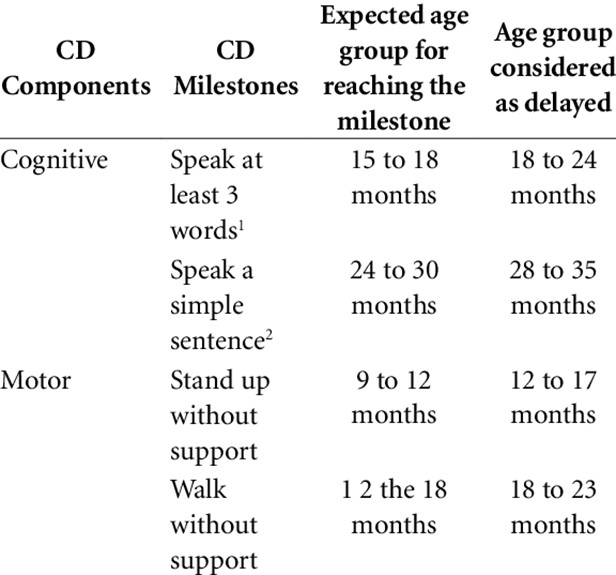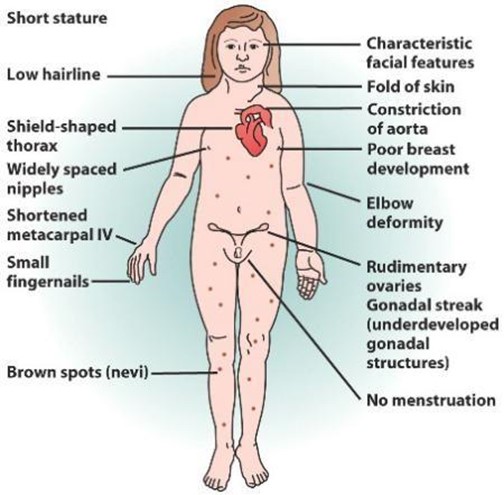Newborn Nutrition > Maternal & Newborn
Exam Review
Growth and Development Evaluation
Total Questions : 5
Showing 5 questions, Sign in for moreA nurse is collecting data from a 6-month-old infant during a well-child visit.
Which of the following findings should the nurse report to the provider?
Explanation
BMI increased by 5% since last visit.
BMI is a measure of body fat based on height and weight.A 5% increase in BMI since the last visit indicates excessive weight gain or growth failure, which should be reported to the provider.
Choice A is wrong because head circumference increased by 2 cm since last visit is normal for a 6-month-old infant.The head circumference should increase by 1.5 cm per month for the first 6 months.
Choice B is wrong because weight increased by 50% since birth is normal for a 6-month-old infant.The weight should double by 5 months and triple by 12 months.
Choice C is wrong because length increased by 25% since birth is normal for a 6-month-old infant.The length should increase by 50% by 12 months.
A nurse is reinforcing teaching about developmental milestones to the parents of a 9-month-old infant.
Which of the following skills should the nurse expect the infant to perform? (Select all that apply)
Explanation
These are the developmental milestones that a 9-month-old infant should be able to perform according to the Denver II Developmental Screening Test.
Some explanations for each choice are:
• Choice A is correct because a 9-month-old infant should be able to pull up to a standing position by holding on to furniture or other objects.
• Choice B is correct because a 9-month-old infant should be able to say “mama” and “dada” nonspecifically, meaning they do not associate the words with specific people yet.
• Choice C is correct because a 9-month-old infant should be able to use a pincer grasp to pick up small objects, such as cereal or raisins, with the thumb and index finger.
• Choice D is wrong because a 9-month-old infant should not be able to point to objects or pictures when named.This skill usually develops around 12 months of age.
• Choice E is correct because a 9-month-old infant should be able to crawl on hands and knees, although some infants may use other methods of locomotion, such as scooting or rolling.
A nurse is assisting with a developmental screening on a 4-year-old child.
Which of the following cognitive skills should the nurse expect the child to perform?
Explanation
Classify objects by size, shape, and color.A 4-year-old child should be able to recognize and name a few colors, starting with primary colors of red, yellow and blue.He should also be able to sort objects according to various characteristics, such as color, shape and size.
Choice B is wrong because the concept of conservation of matter is not understood by 4-year-olds.
This is the ability to recognize that the quantity of a substance remains the same even if its shape or appearance changes.
For example, a 4-year-old might think that a ball of clay has more clay than a flattened piece of clay.This concept is usually developed around 7 to 8 years of age.
Choice C is wrong because abstract reasoning is not a cognitive skill that 4-year-olds can perform.
Abstract reasoning is the ability to think beyond the concrete and literal, and use symbols, logic, and imagination to solve problems.
For example, a 4-year-old might not understand what a metaphor or a joke means.
This skill is usually developed around 11 to 12 years of age.

A nurse is reinforcing teaching about nutrition to the parents of a 2-year-old toddler.
Which of the following statements by the parents indicates an understanding of the teaching?
Explanation
All of the above.
This statement indicates that the parents understand the nutrition needs of a 2-year-old toddler.
Choice A is correct because a 2-year-old should eat three healthy meals a day, plus one or two snacks.
Choice B is correct because a 2-year-old should limit milk intake to 16 oz per day to avoid displacing other foods and nutrients.A 2-year-old can drink lower-fat dairy products, such as 2% or 1% milk, unless advised otherwise by a doctor.
Choice C is correct because a 2-year-old should avoid foods that are potential choking hazards, such as nuts, seeds, popcorn, hard candy, grapes, hot dogs, and raw carrots.A 2-year-old can eat the same food as the rest of the family, but may prefer finger foods instead of soft ones.
A nurse is collecting data from a 12-year-old child who has Turner syndrome.
Which of the following findings should the nurse expect? (Select all that apply)
Explanation
Turner syndrome is a genetic disorder in which a female is partially or completely missing an X chromosome.This can cause various physical and developmental problems, such as a webbed neck, low position of posterior hairline, shield-shaped chest with wide space between the nipples, short stature and delayed puberty.
Choice D is wrong because Turner syndrome does not cause tall stature.In fact, most girls and women with Turner syndrome are shorter than average.

Sign Up or Login to view all the 5 Questions on this Exam
Join over 100,000+ nursing students using Nursingprepexams’s science-backend flashcards, practice tests and expert solutions to improve their grades and reach their goals.
Sign Up Now

